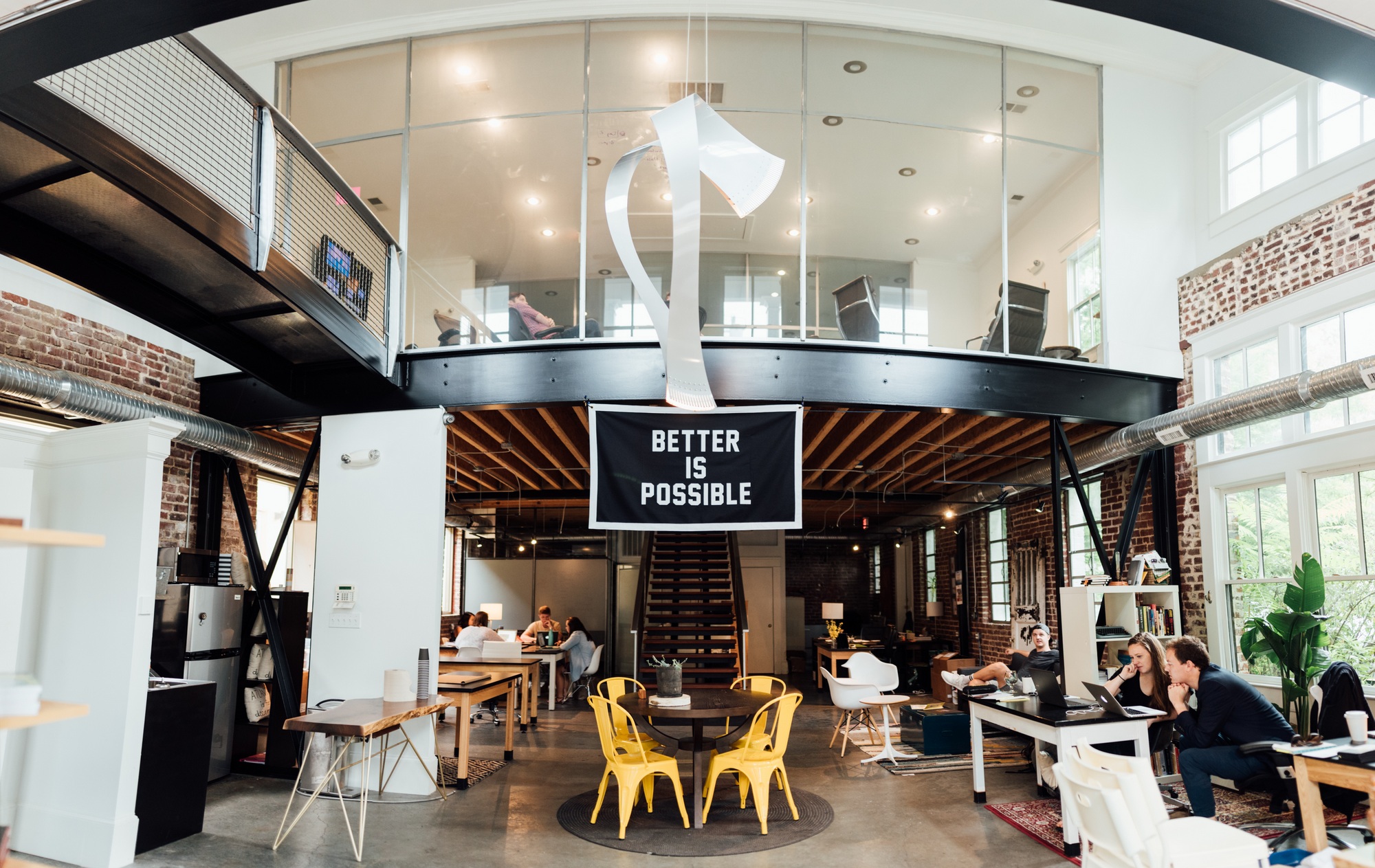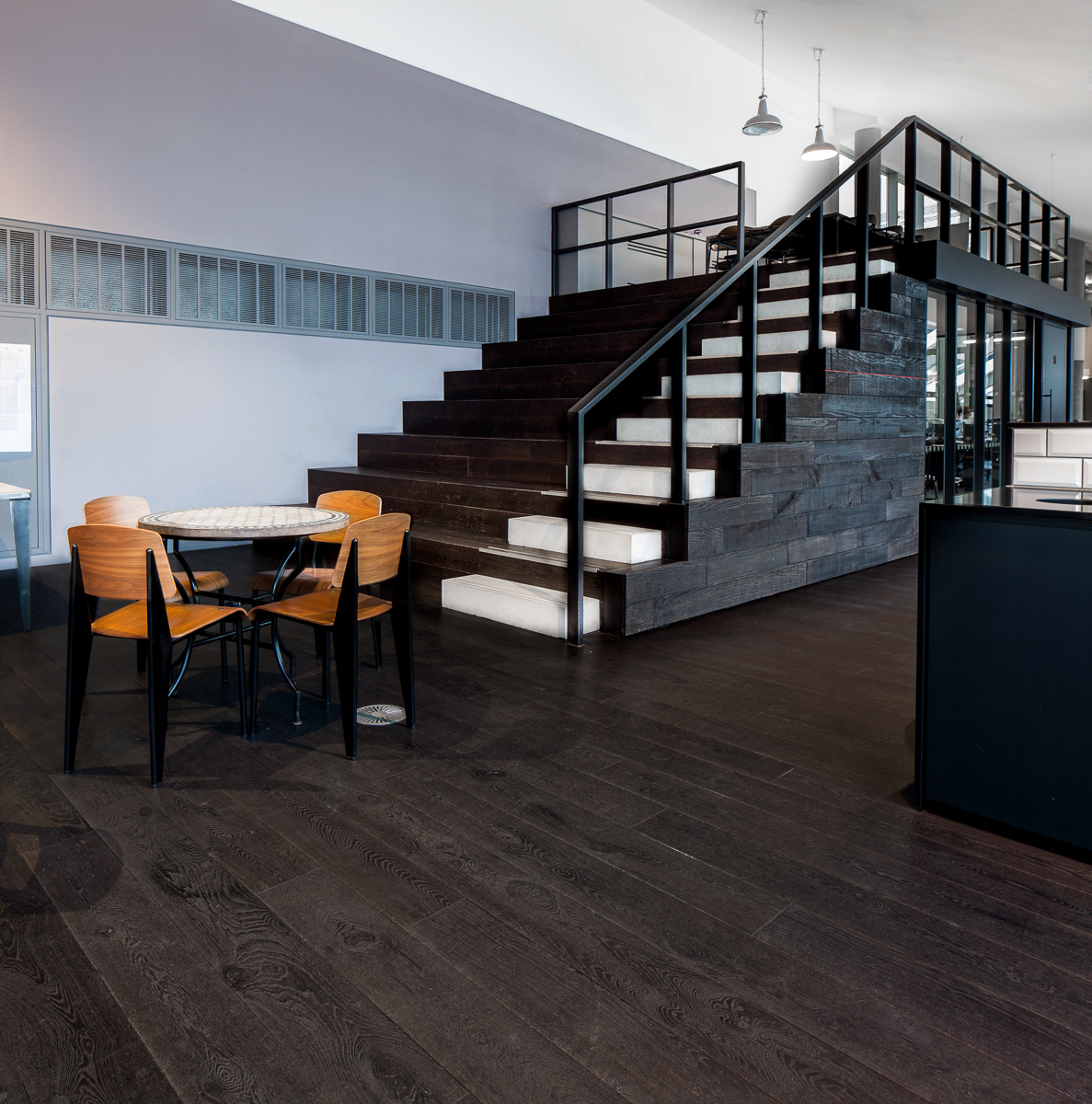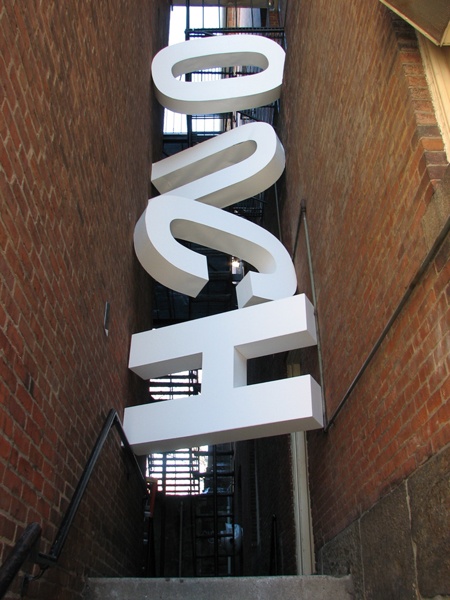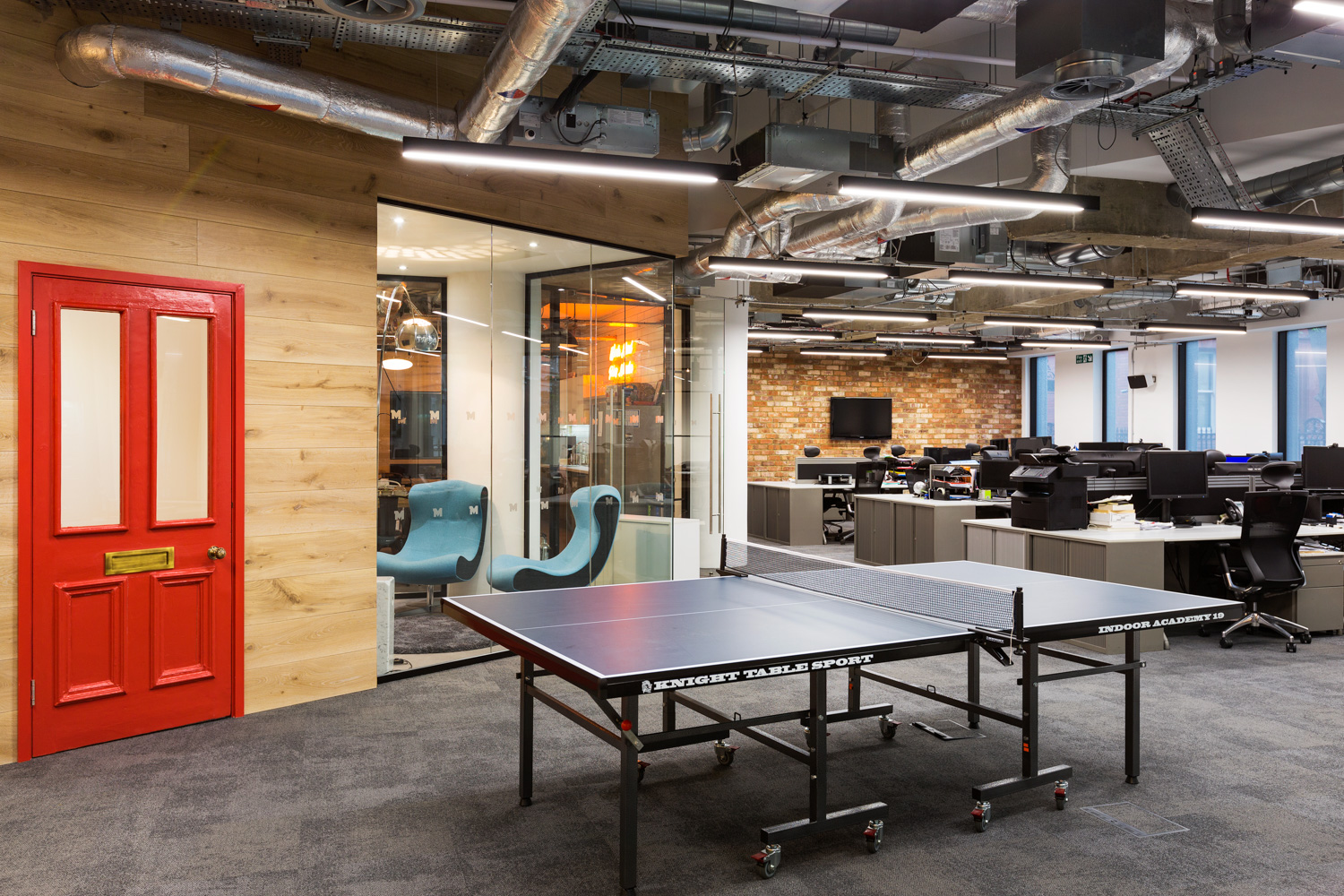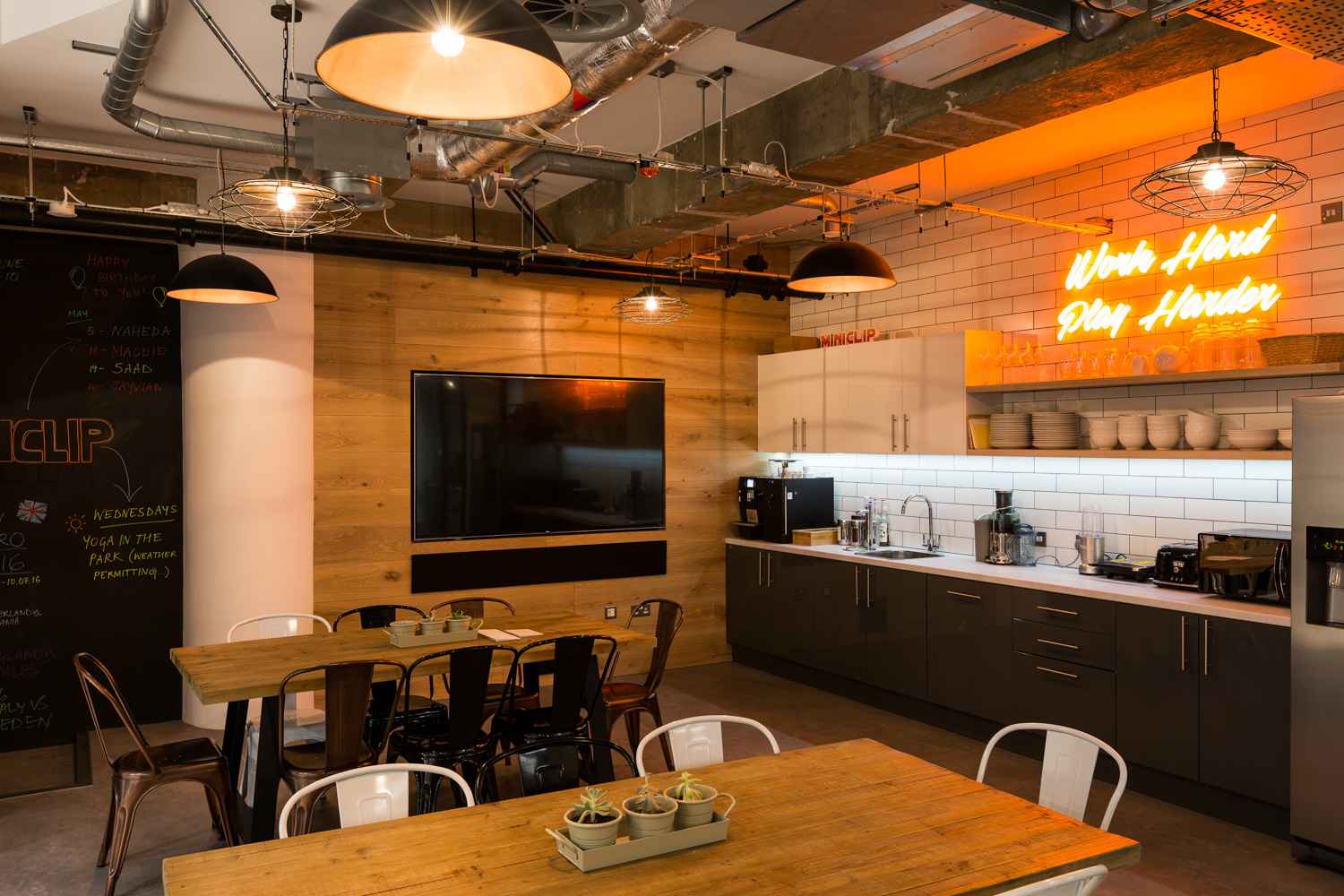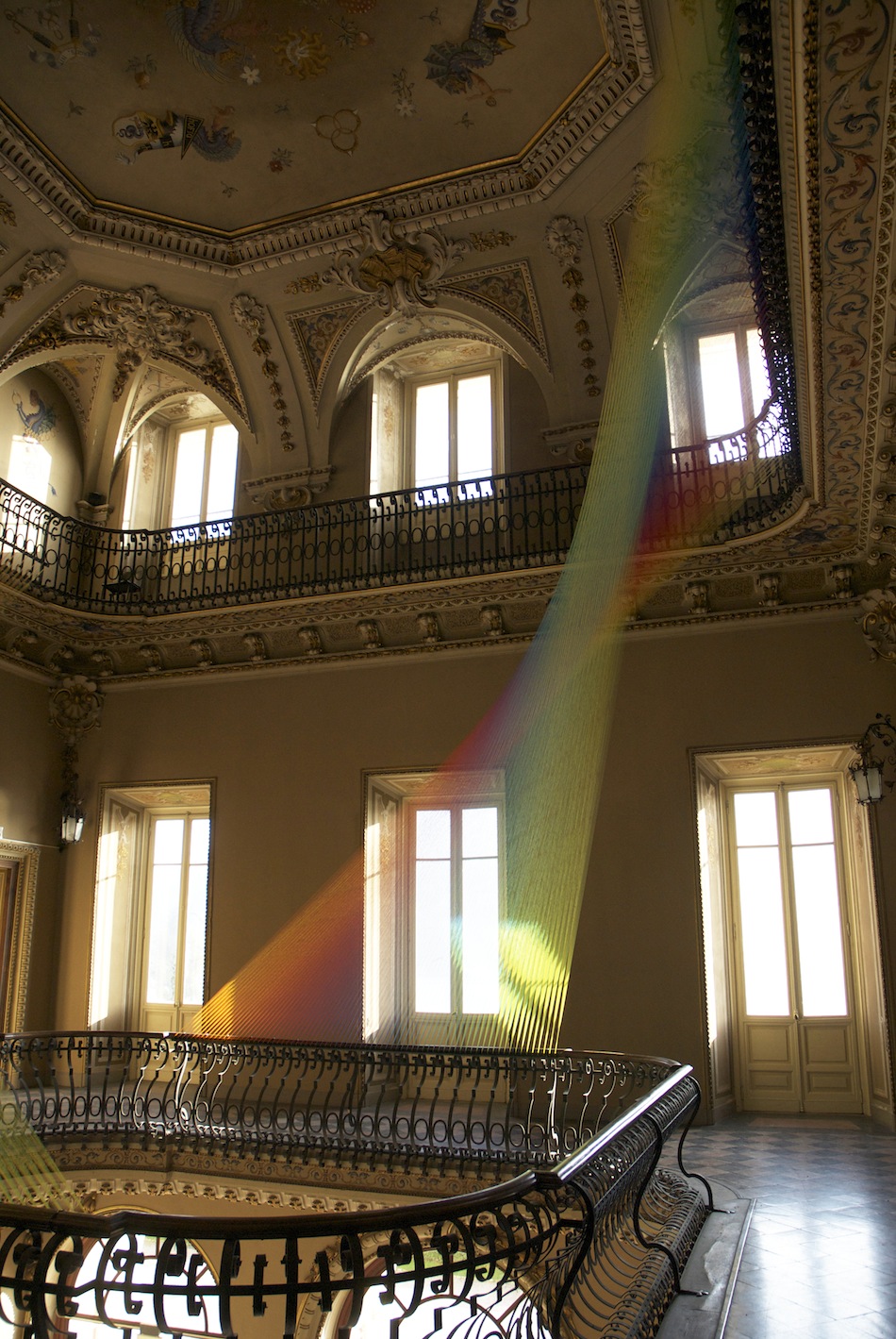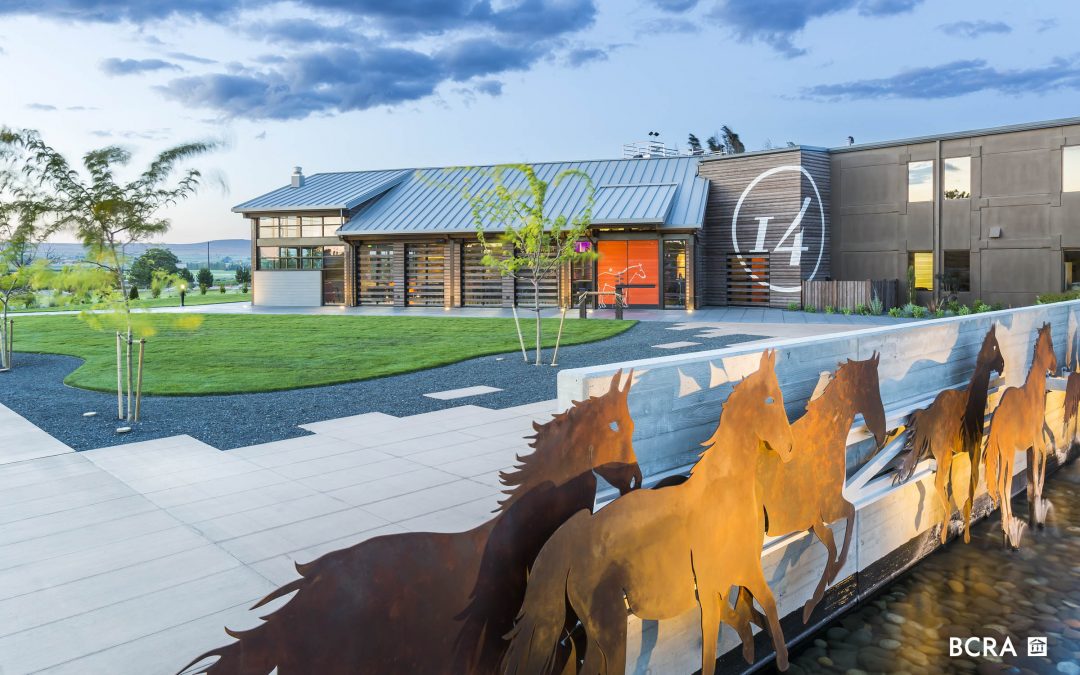
The workplace is constantly changing to accommodate different people’s work preference, roles, functions and behaviours.
As a result, many companies are working with experiential graphic designers who understand how people experience and move through space, and how visual storytelling integrates with the overall architectural and interior design layout.
Through experiential graphic design (EGD), we can enhance the architectural setting and make use of visual communication to improve human creativity, mental focus and well-being — eventually creating a true sense of place for employees.
Experiential graphic design employs and reinforces the company values and culture through the use of imagery, colour, typography, pictogram and illustration.
Human-centric design, branding, and interactivity are all vital pieces of the EGD approach that focuses on entirely distinctive experiences for those that use the space.
Nature’s inspiration evoke positive experiences
Experiential graphic design is a key foundation that plays a critical role in how we interact with our workplace.
It can be used to evoke the desired responses within the organisation and enrich the daily lives of those using the space — employees and clients alike.
For example, biophilic design suggests that human connection to nature can improve physical and mental well-being. Such concepts have helped draw attention to a more human-centric design perspective; and while it would be a great idea to place plants and other natural features in an office space, in some cases, such nature sabbaticals are not always an option.
Graphic treatments that take inspiration from nature — visuals of lush forest to a relaxing beach, or any other intriguing landscape you can imagine — can also function as an effective solution within the workplace to achieve similar results: human wellness and betterment.
Harnessing productivity through movement
We spend the greater portion of our workday sitting down, tapping on one device to the next.
To shake things up, people-focused experiential graphic design can be the inspiration needed to intersperse movement and exercises throughout the day in order to boost employee energy, engagement and efficiency
The use of a simple two-dimensional message or making responsive digital stairway features more appealing can subconsciously push employees to take the stairs more. The body is trained to adapt, so freedom of movement has an influence on what we do daily, and can positively trigger the part of our brain responsible for thought, alertness and creativity.
Creating a unique connection
Innovative, well-designed, creative workspaces are increasingly becoming a necessity, especially in creating unique connections.
Strategic experiential graphic design elements have a vital part to positively connect people to their environment and shape an organisation’s desired culture.
When employees feel connected, the benefits are huge. People are at their best when they are able to work in an office environment that enables them to express their individual identity while also connecting to a brand and its narrative.
Adding elements of surprise
With bold environmental graphics and signage, and unique decor, a whimsical space can inspire play and engagement.
For example, incorporating a secret door that leads to a casual speakeasy-themed study room or living-room-style meeting areas where employees can hold meetings.
This “hidden” room can be easily located via directional signage on the floor itself. The idea is simple: only when an organisation welcomes positive distraction from the everyday working experience and reinforces a culture of surprise and delight, employees begin to see work in a different light. New eyes and new perspectives contribute to company success and retention of new employees.
Eye-catching but simple designs
There are many ways in which a company can transform its workplace, and it’s easy to go over-the-top with experiential design.
But, when it comes to implementing this new and exciting concept that reimagines what good design looks like, sometimes less is more.
Once you’ve focused your message that strongly aligns with your brand’s narrative and decided on the content you wish to communicate and to whom, it’ll be much easier to identify a simple design strategy.
Conclusion
Building human-centric spaces goes beyond wellness programs, catered food & beverage, or integrating passing trends.
Companies are considering what it means to create an enriching and quality environment that offer deeper engagement with employees as soon as they physically step into the office.
Experiential graphic design is rapidly becoming more mainstream as brands and interior designers recognise the transformational power it possess in shaping how we think, feel and behave. When people have a quality experience that foster and support their needs, they are more attuned to the values and culture of the company.
Engaging and supportive spaces translates to innovative and creative workers, more customers, retention of new employees, as well as more social shares of well-designed spaces.


